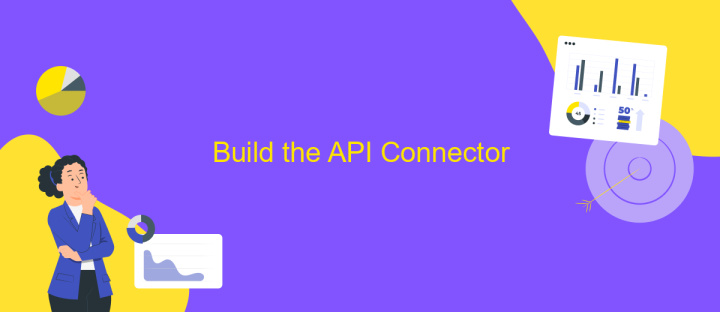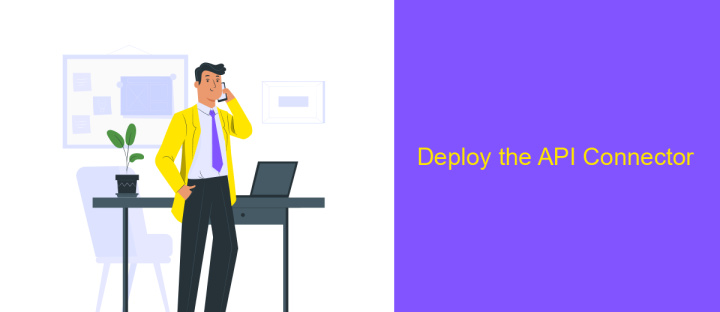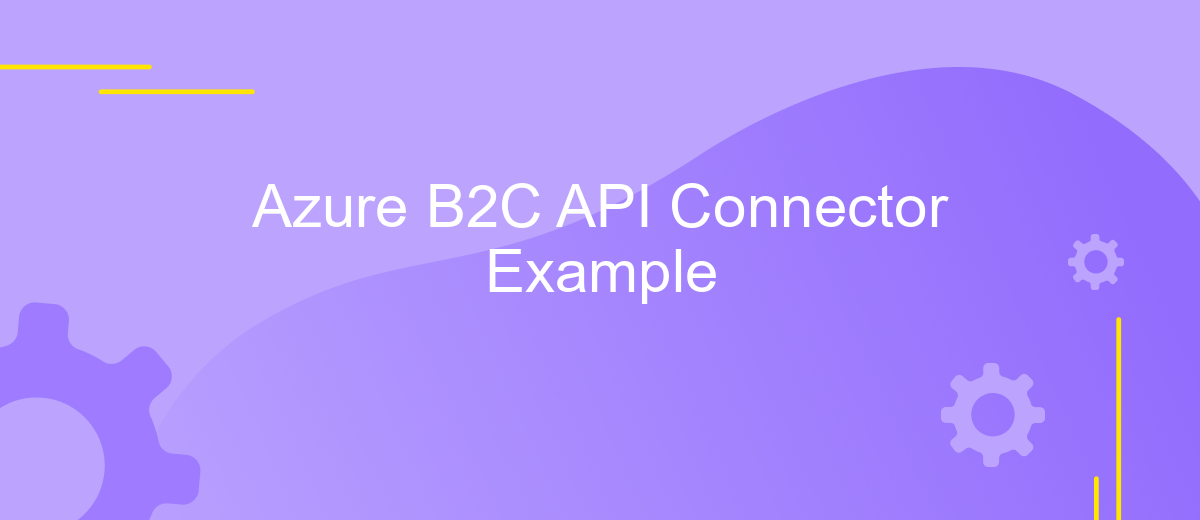Azure B2C API Connector Example
In today's digital landscape, providing seamless and secure user experiences is paramount. Azure B2C API Connector offers a powerful solution for integrating custom logic and external services into your authentication flows. This article explores a practical example of using Azure B2C API Connector to enhance user authentication, demonstrating its flexibility and ease of integration. Discover how to leverage this tool to meet your application's unique security and user management needs.
Introduction
Azure Active Directory B2C is a powerful identity management service that enables businesses to customize and control how customers sign up, sign in, and manage their profiles when using applications. One of its standout features is the API Connector, which allows developers to integrate external services into the user journey, providing a seamless and personalized experience. This capability is crucial for businesses looking to enhance security measures, validate user information, or enrich user profiles with data from other systems.
- Customizable user journeys with API integration.
- Enhanced security and validation processes.
- Seamless integration with external services.
- Personalized user experience.
- Scalable and flexible identity management.
In this article, we will explore a practical example of using the Azure B2C API Connector. By walking through the setup and implementation process, you will gain insights into how to effectively leverage this feature to meet your organization's unique requirements. Whether you're looking to validate user data, enrich profiles with external information, or enhance authentication processes, the API Connector offers a versatile solution for modern identity management challenges.
Prerequisites

Before you begin implementing the Azure B2C API Connector, ensure you have an active Azure subscription. This will allow you to access Azure services and features necessary for setting up your API Connector. Additionally, you should have a basic understanding of Azure Active Directory B2C, as this will help you navigate through the configuration process and manage user identities effectively.
It's also essential to have a working API endpoint that you plan to connect with Azure B2C. Ensure that your API is secure and accessible over HTTPS. For those looking to simplify the integration process, consider using services like ApiX-Drive, which can streamline API connections without extensive coding. Lastly, access to Azure Portal and necessary permissions to create and manage resources in your Azure account are required. Having these prerequisites in place will ensure a smooth setup and integration process for your Azure B2C API Connector.
Build the API Connector

To effectively integrate an API Connector with Azure B2C, you need to follow a systematic approach. This process ensures seamless communication between your application and Azure B2C for enhanced user management and authentication.
- First, set up a new API endpoint on your server. This endpoint will handle requests from Azure B2C, processing user data as required.
- Next, configure Azure B2C to recognize and utilize your API Connector. Navigate to the Azure portal, access your B2C tenant, and locate the API Connectors option under the External Identities section.
- Then, create a new API Connector by specifying the endpoint URL and authentication method. Ensure that your endpoint supports HTTPS for secure data transmission.
- Finally, test the integration to verify that Azure B2C can successfully call your API. Adjust any settings as needed to optimize performance and reliability.
By following these steps, you establish a robust connection between your application and Azure B2C, enabling enhanced functionalities such as custom validation and data enrichment. This setup not only improves user experience but also allows for more flexible identity management solutions tailored to your specific business needs.
Deploy the API Connector

Deploying an API Connector in Azure B2C involves several steps to ensure seamless integration with your identity management system. The process begins with setting up your API endpoint, which will handle requests from Azure B2C during user journeys. Make sure your API is secure and can handle the expected load.
Next, configure your Azure B2C tenant to recognize and utilize the API Connector. This involves creating a new API Connector resource in the Azure portal and linking it to your user flow or custom policy. Ensure that the necessary permissions are granted for the API to access required resources.
- Set up your API endpoint with necessary security measures.
- Create an API Connector resource in Azure B2C.
- Link the API Connector to a user flow or custom policy.
- Test the integration to ensure proper functionality.
After completing these steps, thoroughly test the API Connector to verify its operation within your user flows. This will help identify any issues early and ensure a smooth user experience. Regular monitoring and maintenance of the API Connector are recommended to keep it functioning optimally.
- Automate the work of an online store or landing
- Empower through integration
- Don't spend money on programmers and integrators
- Save time by automating routine tasks
Test the API Connector
To ensure that your Azure B2C API Connector is functioning correctly, begin by conducting a series of tests. First, access the Azure portal and navigate to the B2C tenant where your API Connector is configured. Initiate a user flow that utilizes the API Connector, such as a sign-up or sign-in flow. Monitor the flow execution to verify that the API Connector is being triggered as expected. Check the logs for any errors or warnings that may indicate issues with the API call or response.
For a more streamlined integration process, consider using a service like ApiX-Drive, which can facilitate the connection between Azure B2C and your API. ApiX-Drive offers intuitive tools to automate data transfer and synchronize information between platforms, reducing manual intervention and potential errors. By leveraging such integration services, you can enhance the reliability and efficiency of your API Connector testing, ensuring seamless operation within your Azure B2C environment. Always document test results and adjust configurations as necessary to optimize performance.
FAQ
What is Azure B2C API Connector used for?
How do I set up an API Connector in Azure B2C?
Can I use any API with Azure B2C API Connector?
What are some common use cases for Azure B2C API Connector?
How can I automate the integration process with Azure B2C API Connector?
Do you want to achieve your goals in business, career and life faster and better? Do it with ApiX-Drive – a tool that will remove a significant part of the routine from workflows and free up additional time to achieve your goals. Test the capabilities of Apix-Drive for free – see for yourself the effectiveness of the tool.


